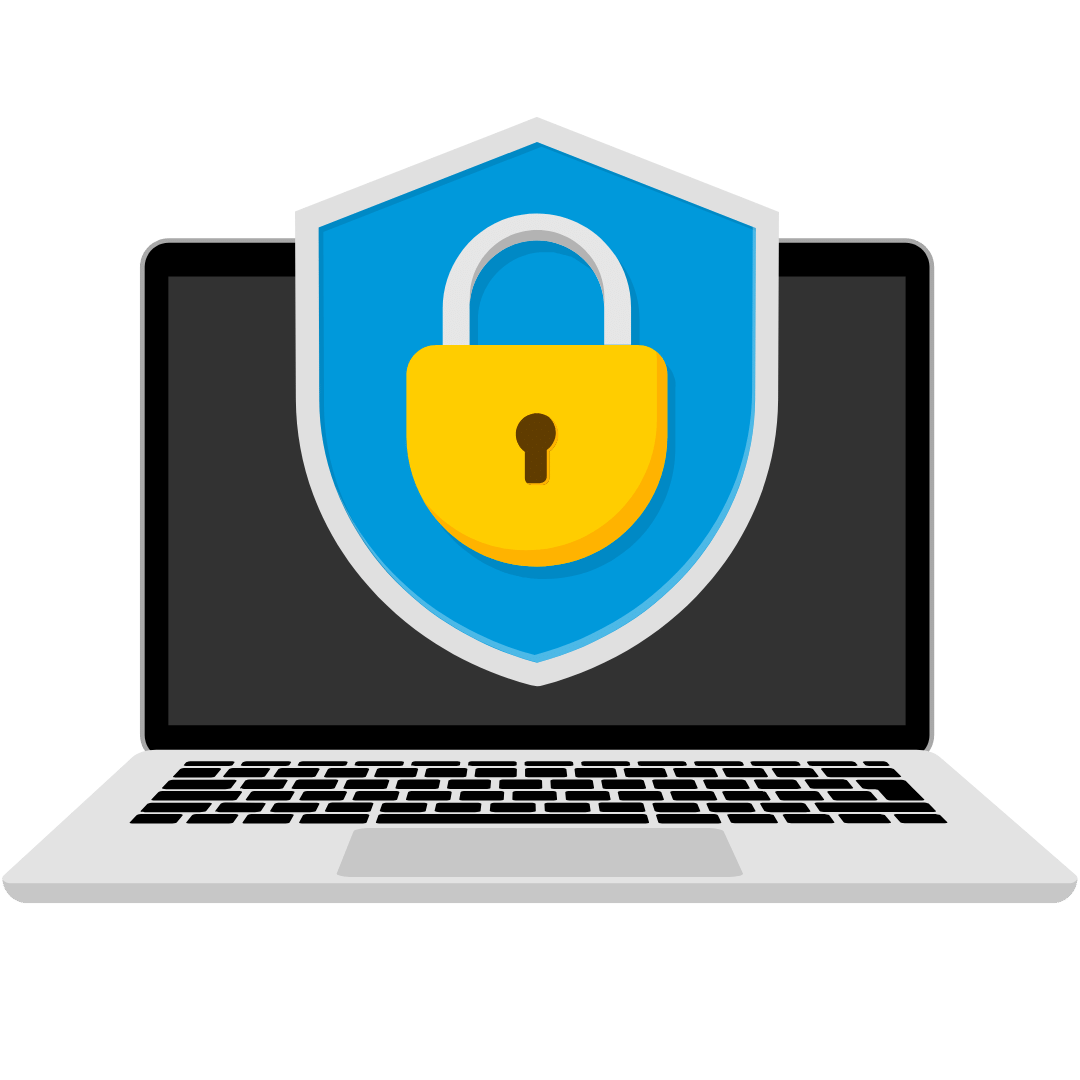A cyber security audit is a systematic evaluation of an organization’s information systems, policies, and procedures to assess their compliance with security standards, identify vulnerabilities, and ensure the effectiveness of security controls.
How It's Performed:

Pre-Audit Preparation
Planning the audit scope, objectives, and methodology. Identifying key stakeholders and resources required for the audit process.

Documentation Review
Reviewing relevant documents such as security policies, procedures, incident response plans, and previous audit reports to understand the organization's security posture.

Interviews and Surveys
Conducting interviews and surveys with key personnel to gather information about security practices, awareness, and perceptions within the organization.

Technical Assessment
Performing technical assessments such as vulnerability scanning, penetration testing, and configuration reviews to identify weaknesses and vulnerabilities in the organization's IT infrastructure.

Compliance Assessment
Assessing the organization's compliance with relevant security standards, regulations, and industry best practices such as ISO 27001, NIST Cybersecurity Framework, and GDPR

Risk Assessment
Reviewing relevant documents such as security policies, procedures, incident response plans, and previous audit reports to understand the organization's security posture.

Security Controls Evaluation
Evaluating the effectiveness of security controls implemented by the organization, including access controls, encryption mechanisms, intrusion detection systems, and security awareness training programs.

Reporting
Compiling audit findings into a comprehensive report that includes an executive summary, detailed assessment results, recommendations for improvement, and an action plan for remediation.
Process of Cyber security Audit
1. Pre-Audit Preparation
2. Documentation Review
3. Interviews and Surveys
4. Technical Assessment
5. Compliance Assessment
6. Risk Assessment
7. Security Controls Evaluation
8. Reporting
1. Pre-Audit Preparation
2. Documentation Review
3. Interviews and Surveys
4. Technical Assessment
5. Compliance Assessment
6. Risk Assessment
7. Security Controls Evaluation
8. Reporting

Why It's Useful:
- Compliance Assurance: Ensures compliance with relevant security standards, regulations, and industry best practices.
- Risk Management: Identifies and assesses security risks to the organization's information assets, enabling proactive risk mitigation and management.
- Vulnerability Identification: Identifies weaknesses and vulnerabilities in the organization's IT infrastructure, allowing for timely remediation and security enhancement.
- Enhanced Security Posture: Improves the overall security posture of the organization by addressing security gaps and vulnerabilities identified during the audit process.
Common Vulnerabilities for Cyber security Audit
- Weak or default passwords
- Lack of patch management
- Insecure network configuration
- Unprotected data
- Lack of access controls
- Vulnerable web applications
- Poorly configured security policies
- Insider threats
- Lack of security awareness
- Inadequate incident response plan
Tools commonly used for Cyber Security Audit
- Nessus
- OpenVAS
- Qualys.
- Metasploit Framework
- Burp Suite
- Nmap
- Tenable.io
- Qualys Compliance
- Rapid7 InsightVM
- Splunk
- IBM QRadar
- LogRhythm.
Need penetration testing for your digital asset?
If yes, please fill the 'Get a Quote' form and submit it. Our security expert will be reaching you directly and take it forward.
Frequently Asked Questions?
The purpose of a cyber security audit is to assess and evaluate an organization’s security posture, identify vulnerabilities and weaknesses in its systems and processes, ensure compliance with security standards and regulations, and provide recommendations for improving security measures and mitigating risks.
The key steps in conducting a cyber security audit include:
- Planning and scoping the audit.
- Reviewing documentation and policies.
- Assessing the organization’s security controls.
- Identifying vulnerabilities and risks.
- Evaluating compliance with security standards.
- Reporting findings and recommending remediation actions.
A cyber security audit contributes to risk management and compliance by identifying vulnerabilities, assessing risks, and ensuring that security controls are in place and effective. It helps organizations proactively manage security risks, adhere to regulatory requirements, and maintain a strong security posture.
The benefits of regular cyber security audits for organizations include:
- Identifying and addressing security vulnerabilities.
- Ensuring compliance with regulations and standards.
- Improving the overall security posture.
- Enhancing risk management practices.
- Strengthening protection of sensitive data.
- Building trust with stakeholders and customers.
- Proactively mitigating cyber threats.
- Demonstrating commitment to security and privacy.

